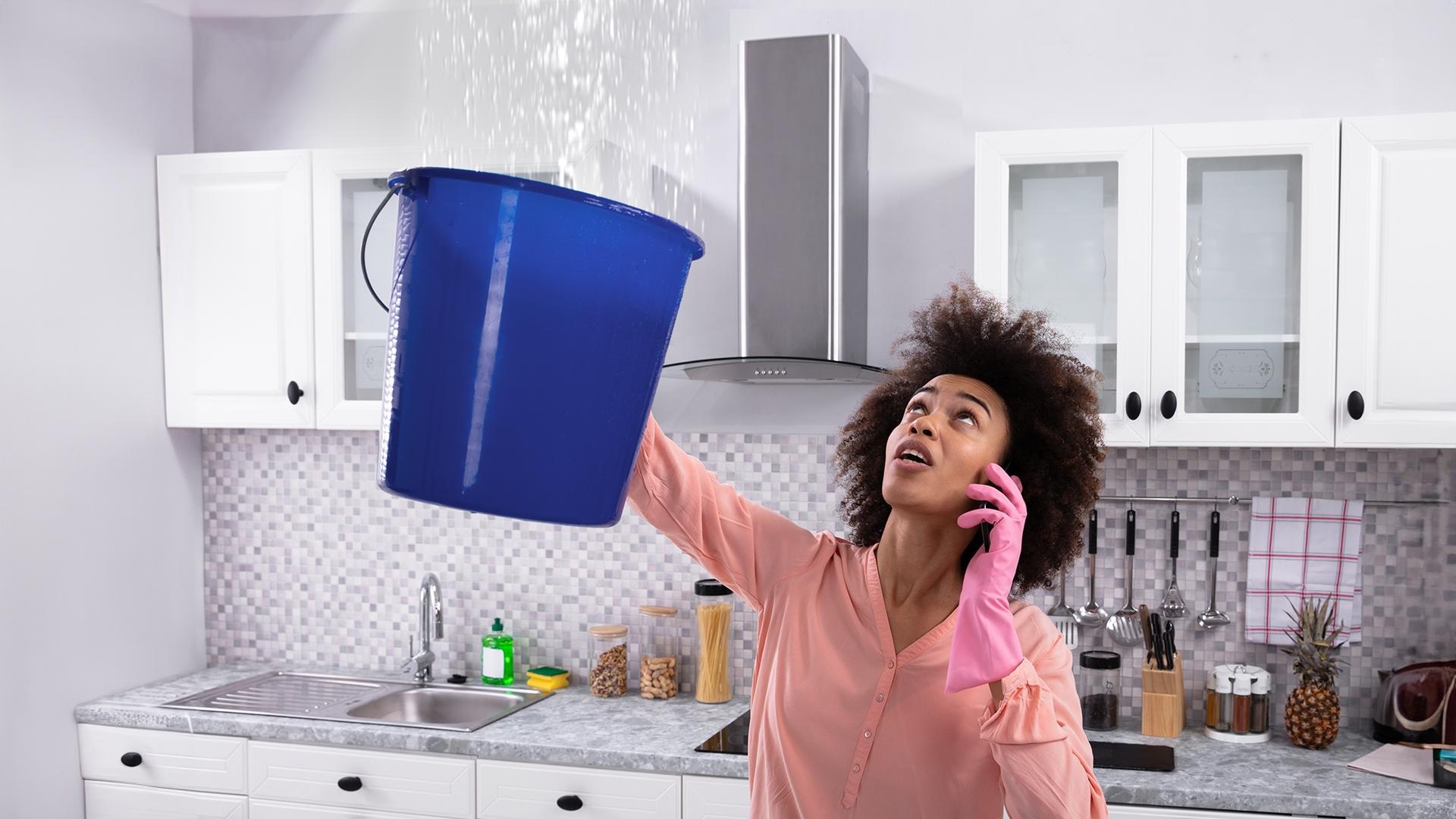Preventing water damage at home
Updated on June 16, 2025
3 mins reading time

Floods and water damage can cause serious harm to your residence. Here are some tips to protect your property from the whims of Mother Nature and respond in case of a disaster.

Pro tip
“To avoid spending your free time managing water damage repairs, consider investing in preventive solutions to protect your home long-term. A floor drain, a sump pump, or waterproof coatings can make all the difference in case of infiltration.”
Alain PaquetteResidential Advisor, CAA-Quebec

Protect your home
See how CAA-Quebec Home Insurance can meet all your needs.
To ask your questions:
1-844-446-3636